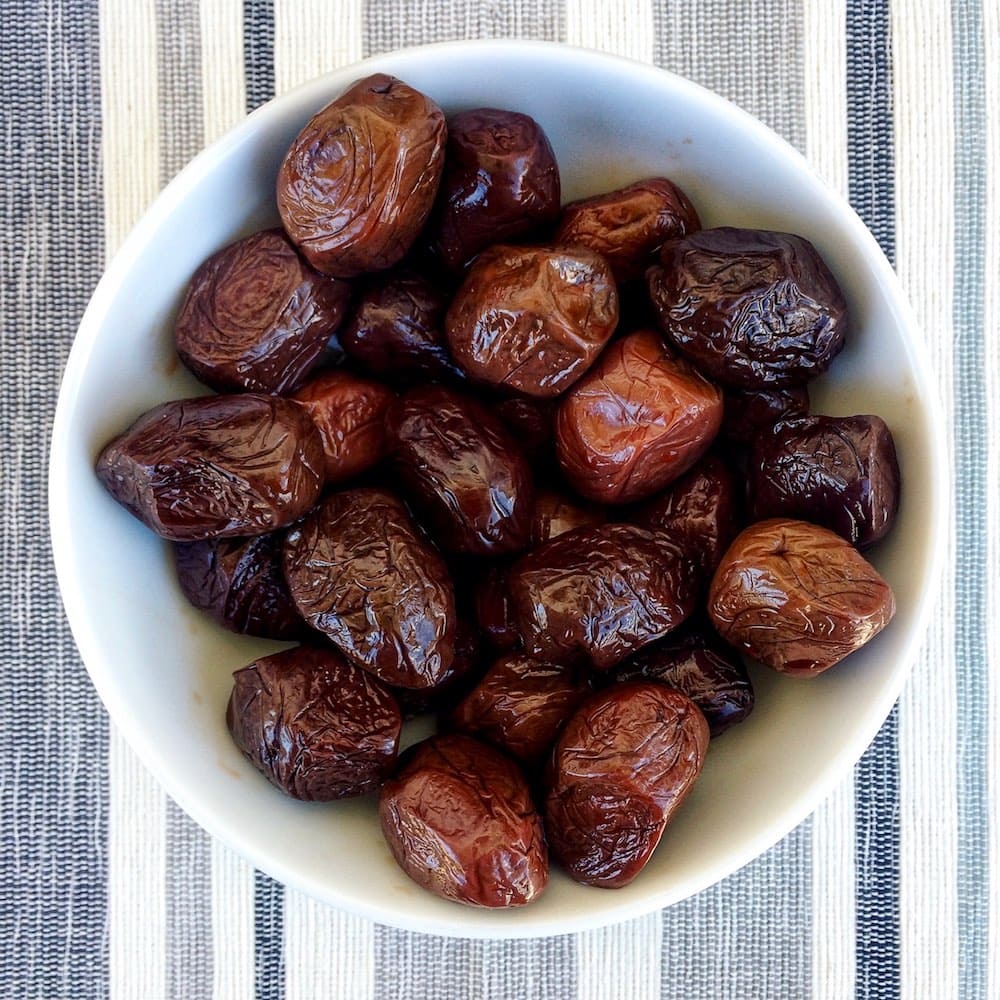Greek Style Olives May Be Healthier Than Spanish and California Style Olives New Study Shows

U.S. and Greek researchers have found that the processing of an olive can affect the levels of antioxidants it contains. It appears that the Greek style processing of olives retains a higher level of antioxidants according to a new study published in the Journal of Agriculture and Food Chemistry.
Olives and Bitterness
If you have ever tried to eat an olive right off the tree you will notice that it is way too bitter to consume. The bitterness is caused by a variety of phenol compounds (types of antioxidant). It is the same bitterness we look for in good olive oil. However, in order to enjoy olives you do need to remove some of that bitterness with some sort of processing.
How are Olives Processed
There are 3 main ways in which olives are commercially processed: Spanish-style green, California-style black ripe, and Greek-style naturally black olives. The names refer to the type of processing, not the country of origin, although in many instances they are related. Spanish and California style use sodium hydroxide solution (lye) to remove some of the bitter compounds and in some cases ripen the olive, this process takes a few days. The Greek style processing uses sodium chloride (salt), a brine solution to remove some of the bitter compounds in ripe olives and that process takes about 6-9 months. All three methods are designed to remove oleuropein, the bitter phenolic compound in olives, but it also affects other phenolics (antioxidants). These antioxidants present in the olive have been associated with several health benefits and may protect from chronic diseases, so it’s in our benefit to preserve as much of them as possible while still have an olive that is edible. There is quite a difference in the nutrients and flavor of the olives based on how they are processed.
California style olives had the lowest levels of most compounds measured. According to the researchers lye breaks down many of these protective compounds which then get lost during processing of the olive.
In this study the researchers analyzed three styles of olives: Spanish-style green, California-style black ripe, and Greek- style naturally black olives. From three different producers bought from a grocery store in California. They analyzed the olives using what is called rapid ultrahigh performance liquid chromatography -tandem mass spectrometry. In simple terms this is a chemistry technique that includes physical separation but also showing the structure and chemical properties of molecules.
Results
Their results showed that Greek style olives had the highest concentration of all phenols (antioxidants) measured, with the exception of oleocanthal, which was highest in the Spanish style olives. California style olives had the lowest levels of most compounds measured. According to the researchers lye breaks down many of these protective compounds which then get lost during processing of the olive. The researchers note that these results can help processors use other more natural ways of curing olives in order to maintain these antioxidants.
How to Choose the Right Olives
Unfortunately labels do not provide much information on how olives were processed, but here is what I suggest:
- For starters it would be good to seek out dry salt cured olives or sun-dried (the wrinkly kind). These may be more expensive, but they are not a commercial way of processing and worth their money in my opinion.
- Try and get your palate used to a bit of bitterness, that means that there are some antioxidants present. A sweet, mild olive should be a sign that there is a very small presence of any phenolic compounds and has been processed with lye-which you want to avoid.
- Generally green olives (any type that is stuffed) and the black olives canned in water, are almost always processed with lye. Kalamata olives are usually processed with salt (not lye). Many labels will say “Greek Style” so that may also give you a clue.
- Finally it should be noted that the nutritional value of an olive is also dependent on the variety, how and when it is harvested and storage, but picking olives processed naturally will provide a olive with more antioxidants.
Photos by Elena Paravantes © All Rights Reserved

I am new here. Great info! I live in Napa CA. I am wondering about the quality of the olives now. Thank you very much for this. Are there any Greek based websites that we can order genuine olives?
Saw this today: https://www.today.com/food/could-olive-oil-help-you-live-longer-t125776
Thanks for sharing Sally!
Ilive in greece anf we usually buy our olives ‘loose’ from the deli section in the supermarket. I assume all those olives are greek origin. Is there anyway to check on this or would the supermarket have to post country of origin if not Greece?
Hi Linda, Not sure about the “loose” olives from behind the deli. You can ask, they sometimes have the producers label, but I do think that most likely they are Greek.
Thanks for another great Post – always informative, entertaining, and not-quite-what-I-was-expecting (better:-)
Thanks Dennis!
Of course I knew this all along but I’m rather biased haha. I was mostly brought up on the smaller black ‘wrinkly’ olives bought from Greek and Turkish stores in London. I’m used to the bitterness but I understand many people not used to this will not like it. I’m currently living in Spain where you are normally given sweet green olives as an appetiser…they are delicious but I thought it was too good to be true for them to be rich in phenols, etc, lol
Thanks Eva, I think the closer an olive is to its natural state the better in terms of antioxidants, but enjoying other olives once in a while is fine too.